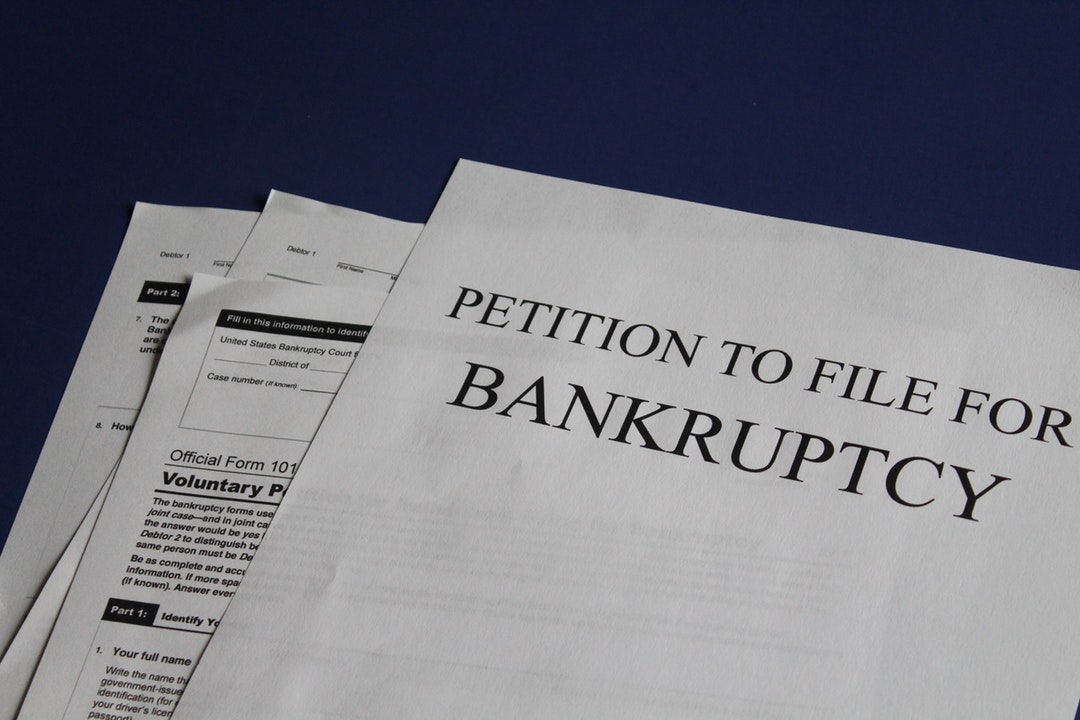Bankruptcy — that’s an option that no one wants to consider.
But sometimes, it’s the only available means to dig yourself out of accumulating debt. In a nutshell, bankruptcy is a legal structure designed to afford debt relief. There are different types of bankruptcies, depending on the type of filer.
If you’re struggling with debt, and feel you have no other choice, you might be wondering which type of bankruptcy is right for your situation. Let’s take a look at the different types, or “Chapters,” of bankruptcy protection.
Chapter 7 Bankruptcy
First up, we have Chapter 7 bankruptcy, also known as straight bankruptcy or liquidation.
Chapter 7 is the most common bankruptcy for individuals, and it’s only permitted if the court determines you lack enough money to repay your debts. Filing bankruptcy, in this case, means having a court-appointed trustee oversee the sale of your assets to repay creditors.
It’s possible under Chapter 7 to retain certain necessary assets — such as a home, vehicle, etc. But even this is dependent upon which state you live in.
Chapter 13 Bankruptcy
Chapter 13 bankruptcy involves the court-ordered reorganization of your finances.
That means establishing a monthly repayment plan, which allows you to repay your creditors over a period of several years. What this involves is the court enacting a strict budget and overseeing all of your spending — which puts a total damper on your lifestyle.
But at least you can retain your assets.
Chapter 11 Bankruptcy
Chapter 11 bankruptcy is usually reserved for businesses or corporations (although some individuals and couples can file for Chapter 11).
Chapter 11 is a lot like Chapter 13, only for large organizations. The benefits of bankruptcy, in this case, is that the business can continue to operate, all while paying off the debt. The business devises a repayment plan, which is approved by both the court and the creditors.
Chapter 9 Bankruptcy
Chapter 9 bankruptcy is designed for larger fry than mere individuals and corporations.
It’s designed to afford municipalities—such as towns, cities, school districts, etc.—the protections of bankruptcy. Much like Chapter 13 or Chapter 11, Chapter 9 lets the municipality schedule a reasonable repayment plan.
So far, the largest Chapter 9 was Detroit’s filing, with an estimated $18-20 billion of debt.
Chapter 12 Bankruptcy
Chapter 12 bankruptcy provides a means of relief for family farmers and commercial fishing operations.
Chapter 12 affords bankruptcy protection without the expensive proceedings that Chapter 11 entails. It’s similar to the Chapter 13 process but offers higher debt limits and greater flexibility.
Chapter 15 Bankruptcy
Chapter 15 is a more specialized form of bankruptcy that only comes into play with international organizations.
Chapter 15 permits businesses or individuals who have filed for bankruptcy in foreign countries to have access to US bankruptcy courts. Its purpose is to arrange bankruptcy provisions across international borders.
Understand the Different Types of Bankruptcies
The purpose of the many types of bankruptcies is to provide targeted relief for different situations. Hard times come and go, and bankruptcy protections are designed to satisfy the claims of creditors without utterly destroying the lives of debtors.
So if you’re considering bankruptcy, make sure you choose the right kind for your situation. We hope this article was helpful, and while you’re here, please check out our other great posts on finances and money-saving.
